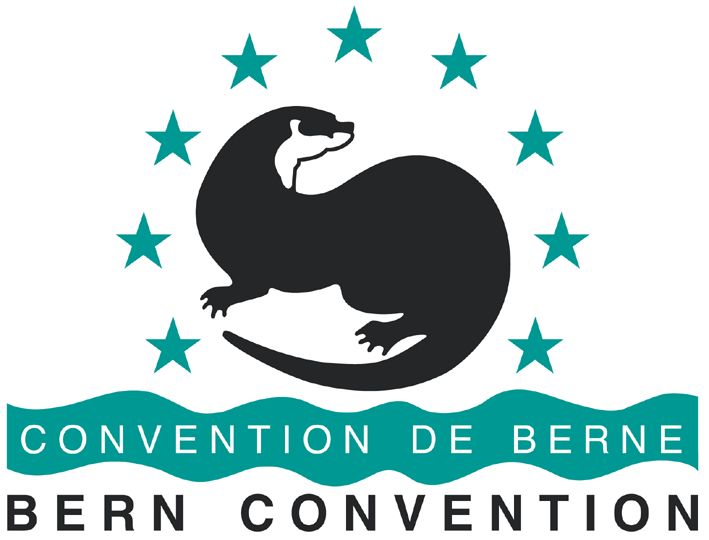Awarded Areas in Spain

Doñana on the lower Guadalquivir is one of Western Europe's last unspoilt natural sites harbouring numerous endangered animal species. The importance of Doñana was one of the reasons for creating the WWF.
Its natural values are well known, it is home to flagship species and unique as the Iberian lynx, the most endangered feline in the world and only present here and in Sierra Morena, the imperial eagle, other raptors and a host of waterfowl, lagoons with endemic flora, the active sand dunes most important in the country, the most important stormwater wetlands in Europe, magnificent Mediterranean and coastlines forests and miles of pristine beaches ... all this along with the preservation of traditional uses of exploitation of resources: forestry, livestock, fish, shellfish, bee.
It also confirms the high value of this protected area the long list of nominations for national and international order that have been granted, including the World Heritage and the European Diploma.
For information:
Servicios centrales
Consejería de Medio Ambiente
Avda. Manuel Siurot, 50
41071 – Sevilla
+34 955 00 34 00/ 00 35 00
+34 955 00 37 75
Espacio natural de Doñana"
Centro administrativo El Acebuche
Carretera Matalascañas – Almonte
21760 – Huelva
+34 959 439 626 / 959 439 627
+34 959 439 648

A representative section of the central Spanish Pyrenees (780-3355m) in the province of Huesca, with a mainly calcareous substrate. It is adjacent to the Western Pyrenees National Park in France. The four main sectors are Ordesa, Añisclo, Escuain and Pineta.
For information:
Parque Nacional de Ordesa y Monte Perdido
Pº. de las Autonomías; Pasaje Baleares, 3
22004 Huesca
Plaza Cervantes, 5
Spain
+34 974 243 361
+34 974 242 725
http://www.magrama.gob.es/es/red-parques-nacionales/nuestros-parques/ordesa/

Most of the National Park, that covers 18.900 ha in the centre of the island of Tenerife (Canary Islands), is 2.000 m above sea level. It essentially consists of two big calderas, known as circo de Las Cañadas, and the magnificent stratovolcano Teide, which is the highest point in Spain and the whole of Marcaronesia, with an altitude of 3.717,98 m. Along with its geological particularities and beautiful landscape, the extreme conditions generated by altitude, strong sunlight, wide daily temperature range and a lack of humidity have selected for the presence of a very rich and unique flora adapted to these harsh conditions. From the fauna of the park a notable highlight is the invertebrates that comprise more than 1.400 species, many of them endemic, thus of great scientific interest. The National Park is listed as a World Heritage Natural Site.
For information:
Parque Nacional del Teide
C/ Doctor Sixto Perera González, 25
38300 La Orotava, Tenerife
+34 92 29 22 371
+34 92 23 31 511
http://www.magrama.gob.es/es/red-parques-nacionales/nuestros-parques/teide/
- 14th Meeting of the Group of Experts on Protected Areas and Ecological Networks, 17-18 April, Vaduz
- Kresna Technical Workshop, 22-24 April, Sandanski (Bulgaria)
- The Bern Convention adopts a Strategic Plan to 2030



